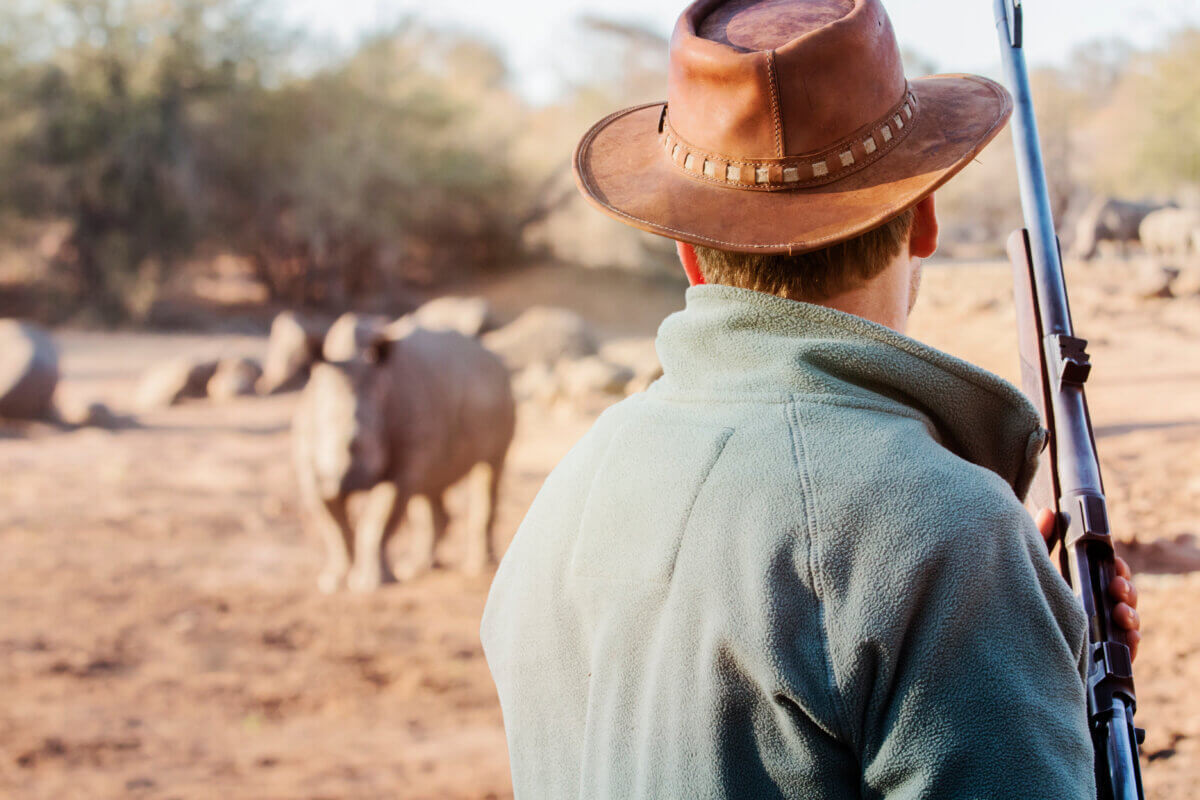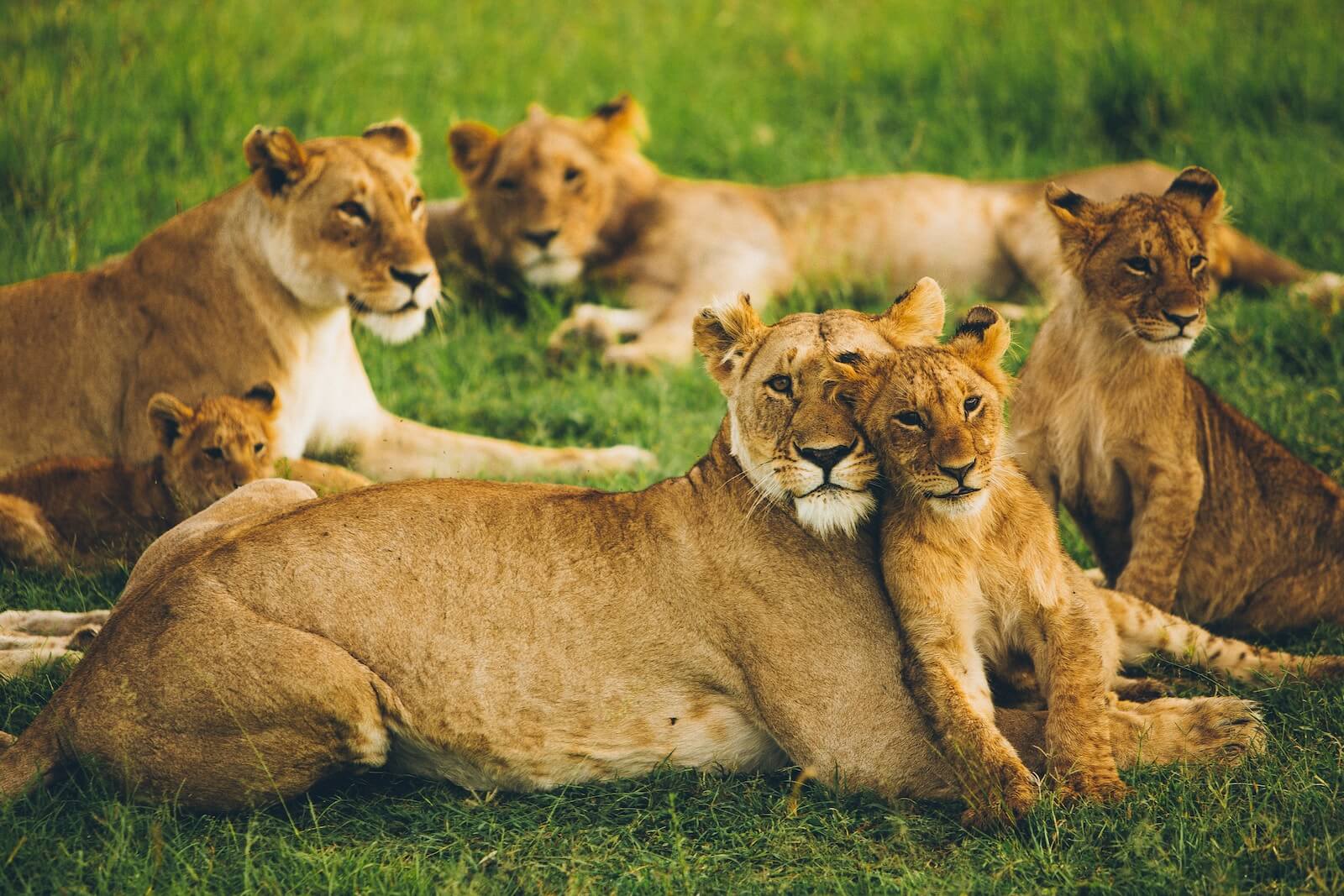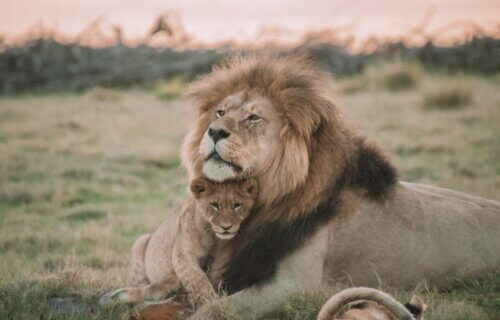URBANA, Ill. — It’s no secret that illegal poachers have been a major problem in Africa for decades, as these merciless hunters are all too happy to kill endangered species. Now, a new conservation tool developed by a team at the University of Illinois Urbana-Champaign may be able to help protect lions all over the African continent.
The new tool called the Lion Localizer, works in collaboration with a simple DNA test by authorities to examine the geographic origin of illegally traded teeth, claws, bones, and other body parts from poached lions. In Africa, local populations have unfortunately dropped off significantly in recent years due to poaching and other factors.
Right now, the true origin of most lion products available remains unknown. That information, of course, is absolutely vital to understanding the impact on local populations and where to properly allocate resources, according to Rob Ogden, director and co-founder of TRACE Wildlife Forensics Network, who partnered with U. of I. on the project.
“For example, the West African lion population is tiny, and it’s really, heavily threatened. We cannot afford to lose any; we count individuals,” Ogden says in a media release. “But if a product is coming out of East Africa, then it might not be so critical in terms of population numbers, although law enforcement still needs to know about it.”
TRACE initially contacted Alfred Roca, professor in the Department of Animal Sciences in the College of Agricultural, Consumer and Environmental Sciences (ACES) at U. of I., after Roca published the Loxodonta Localizer, a similar tool put together to trace illegal ivory back to its original origins; wild elephant populations.

Prof. Roca then recruited Wesley Au, a doctoral researcher in the informatics program at U. of I., to construct a database comprising every sequence of relevant lion mitochondrial DNA ever published, encompassing dozens of studies and a total of 146 locations across Africa and India. This study was supported by the United States Agency for International Development’s VukaNow program.
“When a user queries their lion mitochondrial DNA sequence in the Lion Localizer, the system will compare it with the database of sequences and then provide a map showing where the lion was likely poached,” Au explains. “Many of those localities are linked to unique sequences, which can be especially useful for locating the source population.”
Study authors placed their attention on mitochondrial DNA specifically for a number of reasons. To start, lion cubs inherit their mitochondrial genome from their mothers. Since female lions stay with their pride and roam shorter distances than males, these sequences represent more permanent pins in the map.
Additionally, the mitochondrial genome, at roughly 16,000 base pairs in lions, is much smaller and not as complex as the genome contained in the cell’s nucleus. Tiny genetic fragments spanning just 350 to 1,140 base pairs are quite enough to generate matches in the Lion Localizer – equal to a mere drop in the mitochondrial genome bucket.

Next, each cell is packed in with hundreds to thousands of mitochondria, which ensures plenty of genetic material will be available even across degraded tissues. In combination, all of these factors mean labs with older or basic equipment should be capable of extracting and amplifying enough DNA to enter into the Lion Localizer.
“Many labs in Africa or the transit and destination countries that confiscate lion parts should be able to generate sequences from mitochondrial DNA,” Prof. Roca notes. “It’s a straightforward lab procedure.”
Lion poaching, as a whole, accounts for about 35 percent of all human-caused lion deaths, but in many cases, lion parts are also removed and sold after retaliatory killings in response to livestock loss. Today, there are only 23,000 to 39,000 lions left in Africa. The Lion Localizer may play a key role in saving and stabilizing lion populations moving forward.
“From my perspective, I think getting a better handle on the trade routes — where are the lions coming from? — will help a lot,” concludes Simon Dures, project officer at TRACE. “The Lion Localizer is very much designed as an intelligence tool. It allows countries to see these patterns and focus on areas where lions are not doing particularly well in the wild. Just giving them that extra chance.”
The study is published in the Journal of Heredity.
You might also be interested in:
- Fear among wildlife exposes humans as bigger ‘super predators’ than lions
- Biologists say mass extinction event is accelerating: More than 500 species could disappear by 2040
- Lead ammunition poisoning undoing population comeback of bald eagles
- Best DNA Test Kits: Top 5 Genetic Services Most Recommended By Experts

